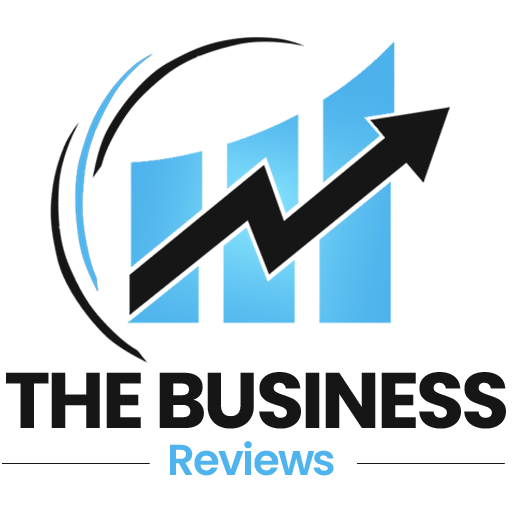[ad_1]
Chief financial officers have said in recent weeks that they have limited visibility into where the economy is headed, as the job market remains strong despite record inflation and rising interest rates. U.S. gross domestic product shrank for a second quarter in a row, a common definition of recession, according to figures published Thursday by the Commerce Department. China, Europe and other markets are also slowing.
In the U.S., the official arbiter of recessions is the National Bureau of Economic Research, which usually doesn’t make a recession determination until long after the fact. Whether or not the U.S. is in a recession now, economists expect a deceleration.
Inflation hit a four-decade high of 9.1% in June, pushed up by factors including higher prices on everyday products such as gasoline and food. Walmart Inc., the country’s largest retailer, is one of many companies that have recently cut their profit forecasts, warning that higher prices are causing customers to pull back on purchases.
Finance chiefs have been in the hot seat, answering questions about the effects of high inflation and what they are doing to ready their companies for a potential downturn.
Here is what they said in earnings calls over the past two weeks. Responses have been edited for clarity.
Sinead Gorman, CFO, Shell PLC, U.K.-based oil company
We run our plan with scenarios. We look at the “what if,” what could happen in different scenarios. And we plan accordingly. So we look at if that scenario were to happen, what will be the [capital expenditure] level we would be comfortable with to ensure our balance sheet remains strong and our returns to our investors equally remain compelling and strong. We run that through. And that means we will vary the investments that we make.
But fundamentally, what we’re looking for [in] each of the investments we make [is], what is that return we’re going to get? And we look at that investment by investment and stress test it, high scenario, low scenario and our base scenario. And that allows us to be prepared.
Bill Betz, CFO, NXP Semiconductors NV, U.S.-listed, Netherlands-based chip maker
If there is a downturn, what will we do? We have a plan for that. It’s well defined. It’s all around protecting our free cash flow. Our actions would potentially include reducing variable compensation, reduced discretionary spending, reducing noncritical capex. We’ll slow down our nonengineering hiring. Also, our attrition runs around 10%, 12%. We would obviously not backfill all of those [jobs], depending how severe it gets. By all means, we will protect our [research & development] engine of the company.
John Vandemore, CFO, Skechers USA Inc., Manhattan Beach, Calif.-based footwear company
The fact of the matter is things are changing relatively dynamically. So far, we still see good trends in most of our retail locations, particularly globally. But we’re cognizant that the environment is going to make it slightly more difficult for the average consumer. I would say one of the things we always mention is that we believe we’re providing very good value in our product along with the comfort, style and quality that we’re known for. And we think that is a favorable backdrop in an environment where the economy is under some form of duress.
Sharon Yeshaya, CFO, Morgan Stanley, New York-based financial-services company
As we walked into the second quarter, we were aware that the environment was changing, and we all had been seeing the same events—we’ve all witnessed together as it relates to the geopolitical front and the macro side. And we came in and we took a look—a hard look—and we continue to do so, individual product by product, investment by investment, project by project to understand where are the potential growth in expenses coming from…We always need to ensure that as we invest also with a longer-term horizon, the right controls are in place as we continue to grow the business efficiently. But are there projects that can be delayed that we might be doing on the margin? So I’d say that work is in flight.
Kevin Ozan, CFO, McDonald’s Corp., Chicago-based fast-food chain
For the full year in the U.S., we expect roughly 12% to 14% inflation. It’s a little higher than that in the second quarter, likely a little higher than that in the third quarter. And then we expect to see it to moderate some in the fourth quarter. Obviously, that’s based on what we know today. That’s on food and paper. On the labor side, we’re probably seeing a little over 10% labor inflation right now. Part of that is we had strategic wage rate increases in our company-operated restaurants kind of mid-last year.
John Murphy, CFO, Coca-Cola Co., Atlanta-based soft-drink maker
We do have broad-based [cost] increases across the board, not only on the core commodities but other inputs into our concentrate business. And we’re taking on board inflationary increases in operating expenses and even our marketing expenses. We do have an ongoing focus on productivity, and there’s a number of levers that we’ve discussed in the past. I think we’ve been able to leverage the scale of our network.
We’ve been able to build, deepened even more strategic relationships with a number of our key supply partners across the world over the last couple of years, one of the benefits of Covid. And we’re taking actions to simplify and streamline the way we do business.
Jeff Campbell, CFO, American Express Co., New York-based credit-card company
There will be a recession at some point. I don’t know when. But the thing about recessions is they’re always followed by a recovery. And we’re running the company to achieve the highest possible sustainable level of long-term growth. And we think that the process we have and the analytics we have for bringing people into the franchise are very consistent with that.
Eric Aboaf, CFO, State Street Corp., Boston-based financial-services company
I think we’ll know more over the course of the year, but I think there are some inflationary pressures, some of which we can look for ways to at least limit, but we can’t really avoid. So let me give you an example.
On the $8 billion expense base that we have, about $2.5 billion of that is salaries. Now, salaries historically have moved up about 2% a year, maybe 3%, but right now, if you look at merit increases, the higher salary replacement rates for new hires versus exits…salary costs are up closer to 4% to 6% on a run rate basis on a base of $2.5 billion. So you could do the math there and start to get a sense that creates an additional headwind that we didn’t have.
Download The Mint News App to get Daily Market Updates & Live Business News.
[ad_2]
Source link



